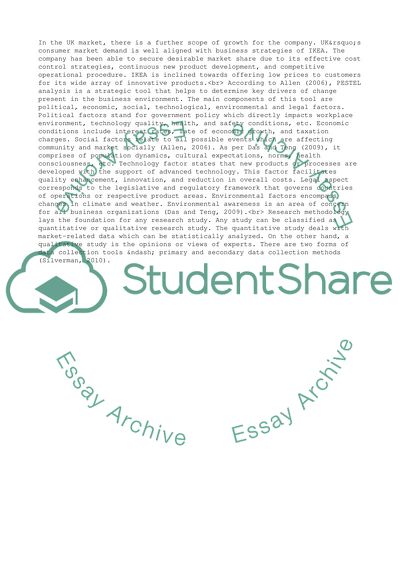Cite this document
(“PEST(LE) Analysis Essay Example | Topics and Well Written Essays - 1500 words - 1”, n.d.)
PEST(LE) Analysis Essay Example | Topics and Well Written Essays - 1500 words - 1. Retrieved from https://studentshare.org/business/1686568-pestle-analysis
PEST(LE) Analysis Essay Example | Topics and Well Written Essays - 1500 words - 1. Retrieved from https://studentshare.org/business/1686568-pestle-analysis
(PEST(LE) Analysis Essay Example | Topics and Well Written Essays - 1500 Words - 1)
PEST(LE) Analysis Essay Example | Topics and Well Written Essays - 1500 Words - 1. https://studentshare.org/business/1686568-pestle-analysis.
PEST(LE) Analysis Essay Example | Topics and Well Written Essays - 1500 Words - 1. https://studentshare.org/business/1686568-pestle-analysis.
“PEST(LE) Analysis Essay Example | Topics and Well Written Essays - 1500 Words - 1”, n.d. https://studentshare.org/business/1686568-pestle-analysis.


